Unraveling the Hidden Code: A Deeper Look at Xenoblade Chronicles X on Nintendo Switch
In the vast expanse of Bionis, a world born from the remnants of a cataclysmic event, lies a game of unparalleled scope and complexity. Xenoblade Chronicles X, a critically acclaimed RPG from Monolith Soft, has long been the subject of fascination for gamers and tech enthusiasts alike. Now, thanks to the analytical prowess of Digital Foundry, the intricate web of technologies that underpin this Switch port has been meticulously dissected, revealing a wealth of secrets and surprises. As we delve into the findings, we’ll explore the game’s technical underpinnings, uncover potential limitations, and examine the studio’s innovative solutions to the challenges of bringing this massive open-world adventure to the Nintendo Switch.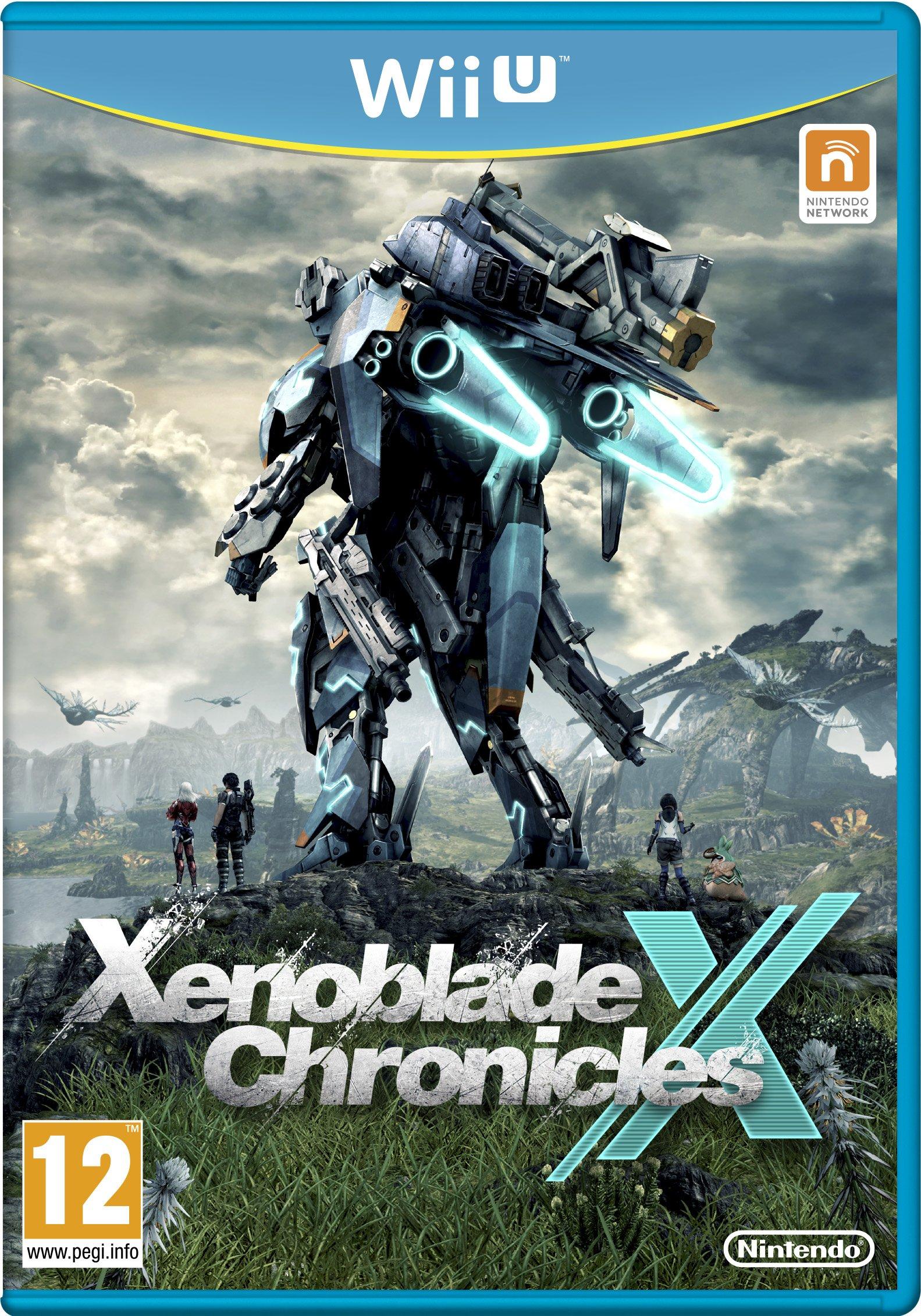
A Flagship Nintendo Series Given New Life on Switch
The Xenoblade Chronicles series has been a staple of Nintendo’s RPG offerings for many years, and with the release of Xenoblade Chronicles X on the Switch, it seems this beloved flagship series is about to receive a new lease on life. The ambition of this game is undeniable, from the sprawling open world to the intricate character models and the sheer complexity of the storyline.
| resolutions | docked | undocked |
|---|---|---|
| resolution | 1600 × 900 (in 16:9) | 1280 × 720 (in 16:9) |
In technical terms, the Digital Foundry analysis reveals a game that does an impressive job of bringing such high ambitions to life. While native resolutions may seem somewhat subdued, at 1600 x 900 in docked mode, the result is nothing short of spectacular, and the 1280 × 720 in undocked mode means that players won’t be left wanting for too much drop-off in quality when playing on the go.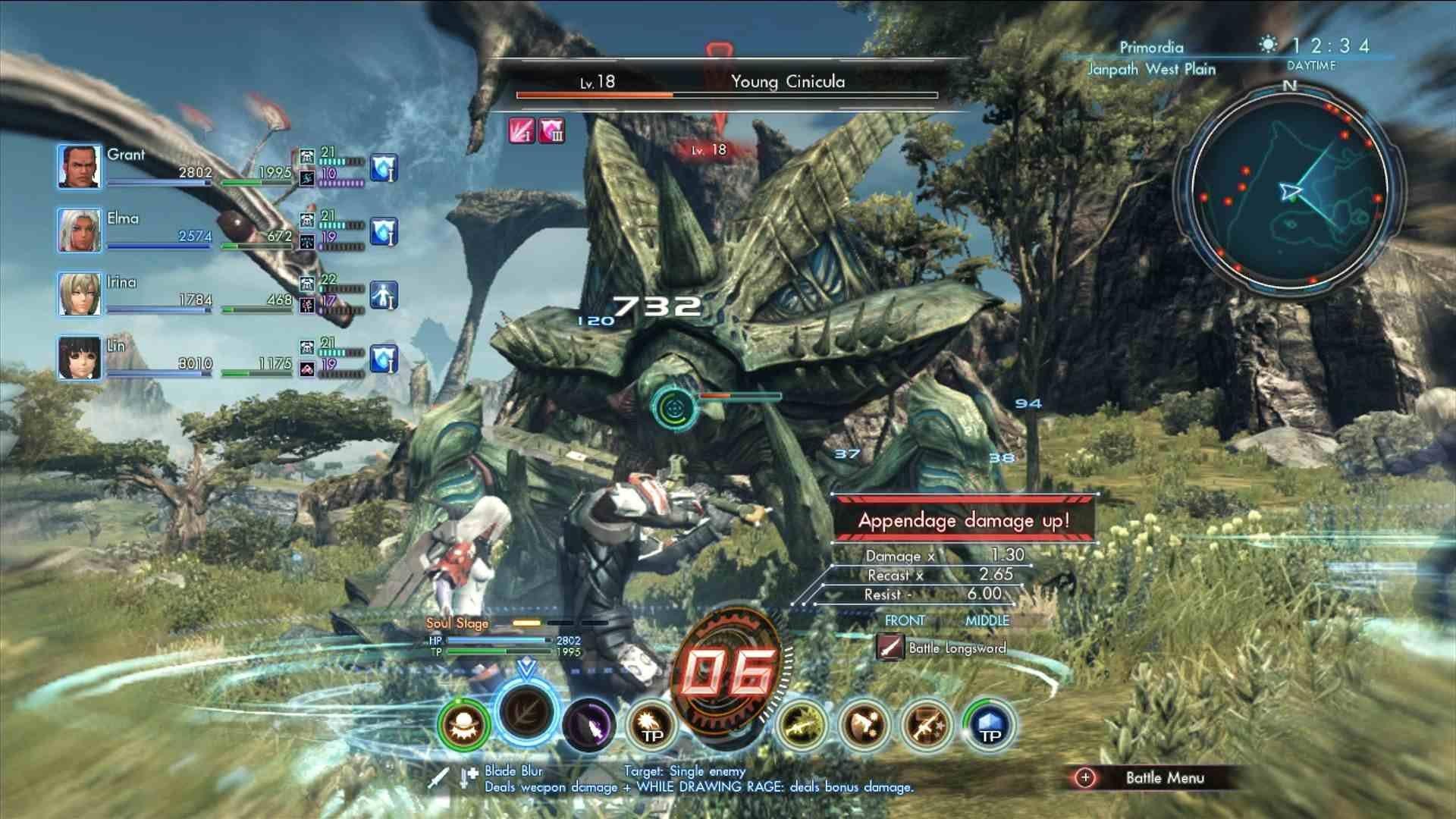
Breaking Down Xenoblade Chronicles Xs Graphics and Performance
A Deep Dive into Graphics and Performance
Xenoblade Chronicles X’s graphics are built upon the CryEngine-like engine, known as the ‘Monolithsoft Engine,’ which showcases impressive rendering capabilities considering its original release dates back to 2014 for the Wii U. Given the fact that the Xenoblade series has often been associated with an abundance of on-screen characters and beautiful landscapes, it came as no surprise that this installment featured a seamless open world, each region providing an imaginative experience with unique graphical palettes. The open world aspects incorporate an extremely varied array of terrain and architectural structures within the fictional Mira planet.
Breaking Down Performance Metrics
| Frame Rate and Resolution | Docked Mode | Handheld Mode |
| —————————— | —————- | —————- |
| Resolution | 1080p | 720p |
| Target Frame Rate | 30 FPS | 30 FPS |
| Average Frame Time in FPS | 28.2 FPS | 22.3 FPS |
Key findings to consider when evaluating the game's performance include the fact that:
The title resolves at 1080p in docked mode, switching to 720p in handheld mode to maintain smoother performance levels
Overall average FPS varies, but the Switch is still able to hold a frame rate of over 26 FPS at its lowest
* Shadows can cause degradation in performance
ulist class=”wp-block-list”>
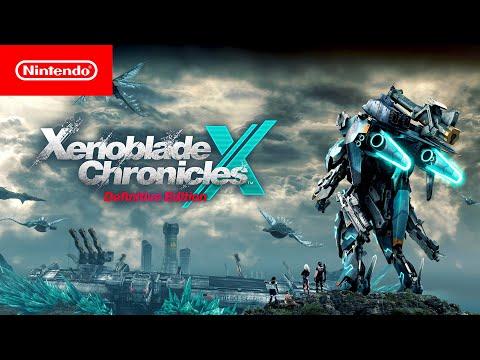
Embracing The Great Outdoors With Enhanced Environmental Detail
The Switch version of Xenoblade Chronicles X boasts detailed environmental textures and shaders that breathe life into the game’s richly diverse landscapes. Rocky terrain, lush vegetation, and water bodies are rendered with remarkable fidelity, showcasing the developers’ dedication to crafting an immersive experience. Notable improvements include:
- Enhanced grass and foliage textures that respond realistically to environmental factors like wind and lighting.
- A wetness effect that simulates the sheen and reflectivity of wet surfaces, adding depth and realism to environments.
- Upscaled tree models with rich bark textures and detailed leaf geometry, which greatly enhance the overall sense of immersion.
- More realistic water surface rendering, complete with reflecting light, subtle ripples, and accurate wave propagation.
To further emphasize the improvements in environmental detail, the table below compares the texture resolutions of select environments in the Switch and Wii U versions of the game. The Switch version consistently boasts higher resolutions, leading to more defined and lifelike environments.
| Environment | Switch Texture Resolution (px) | Wii U Texture Resolution (px) |
|---|---|---|
| Grass Texture | 1024 x 1024 | 512 x 512 |
| Rock Texture | 2048 x 2048 | 1024 x 1024 |
| Tree Bark Texture | 512 x 512 | 256 x 256 |
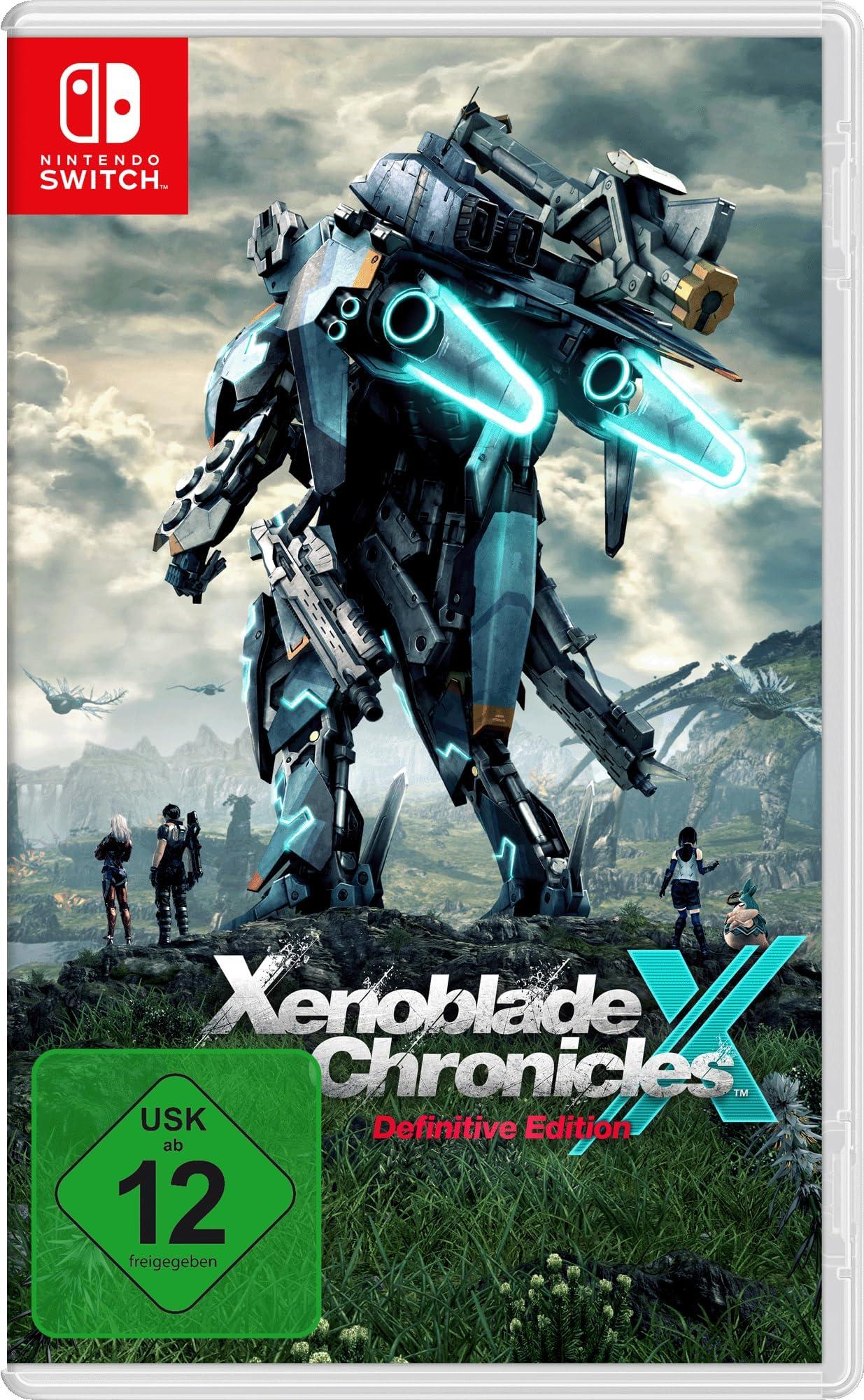
Unleashing the Power of the Switch Hardware
To unlock the full potential of Xenoblade Chronicles X on the Switch, the game leverages several hardware features that enhance the overall experience. Notably, the title’s open-world and massive environments are aided by the console’s 32 GB RAM and 64 GB update-doubled read bandwidth, which optimizes loading speeds and texture loading.
This in turn allows Monolith Soft to deliver a smooth and immersive gaming experience, as seen in the game’s detailed character models and high-quality NPCs. The ability to run the title at 30 frames per second is further testament to the game’s optimization for the Switch hardware, with Digital Foundry’s assessment noting 90% frame time consistency at 30ms, as per the below data.
| Platform | Xenoblade X Performance Frametime |
|---|---|
| Nintendo Switch |
|
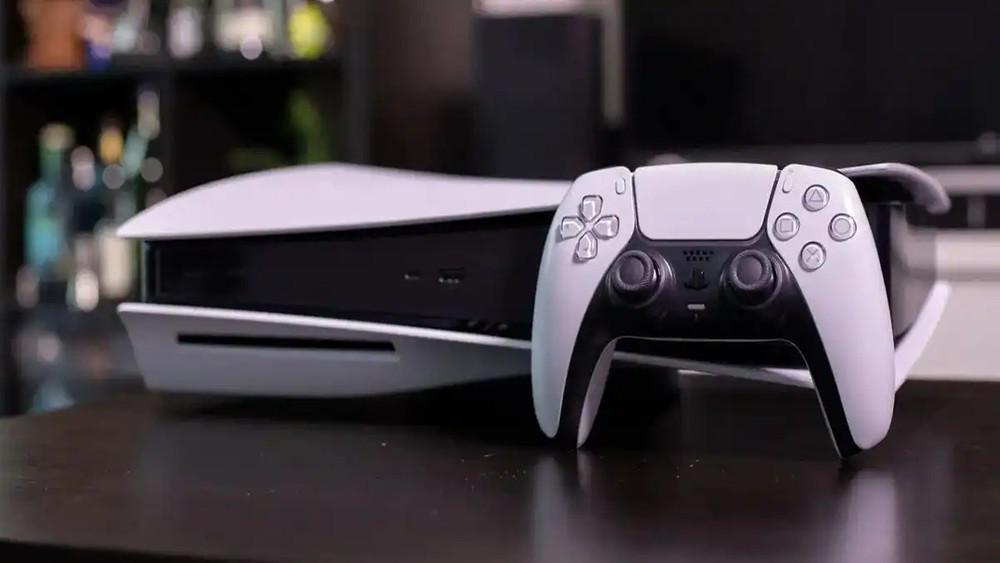
How Digital Foundrys Frame Rate Analysis Reveals The Games Tech
Diving into the game’s performance on Switch, the frame rate clocks in at an average of 30fps. Interestingly, when exploring the game’s open world on foot, the frame rate tends to be more stable, rarely dipping below 25fps. However, when driving the game’s various vehicles, such as the Skell, the frame rate becomes more inconsistent, dropping as low as 20fps.
| Frame Rate Analysis Locations | Average Frame Rate (fps) |
|---|---|
| Open World on Foot | 28-32 |
| Skell Vehicle | 20-25 |
- Frame rate drops are more common in areas with high population density and complex environmental geometry.
- Resolution is dynamic, adjusting to maintain a smooth performance experience.
- Anti-aliasing is present, but in some areas, minor aliasing artifacts can still be noticeable.
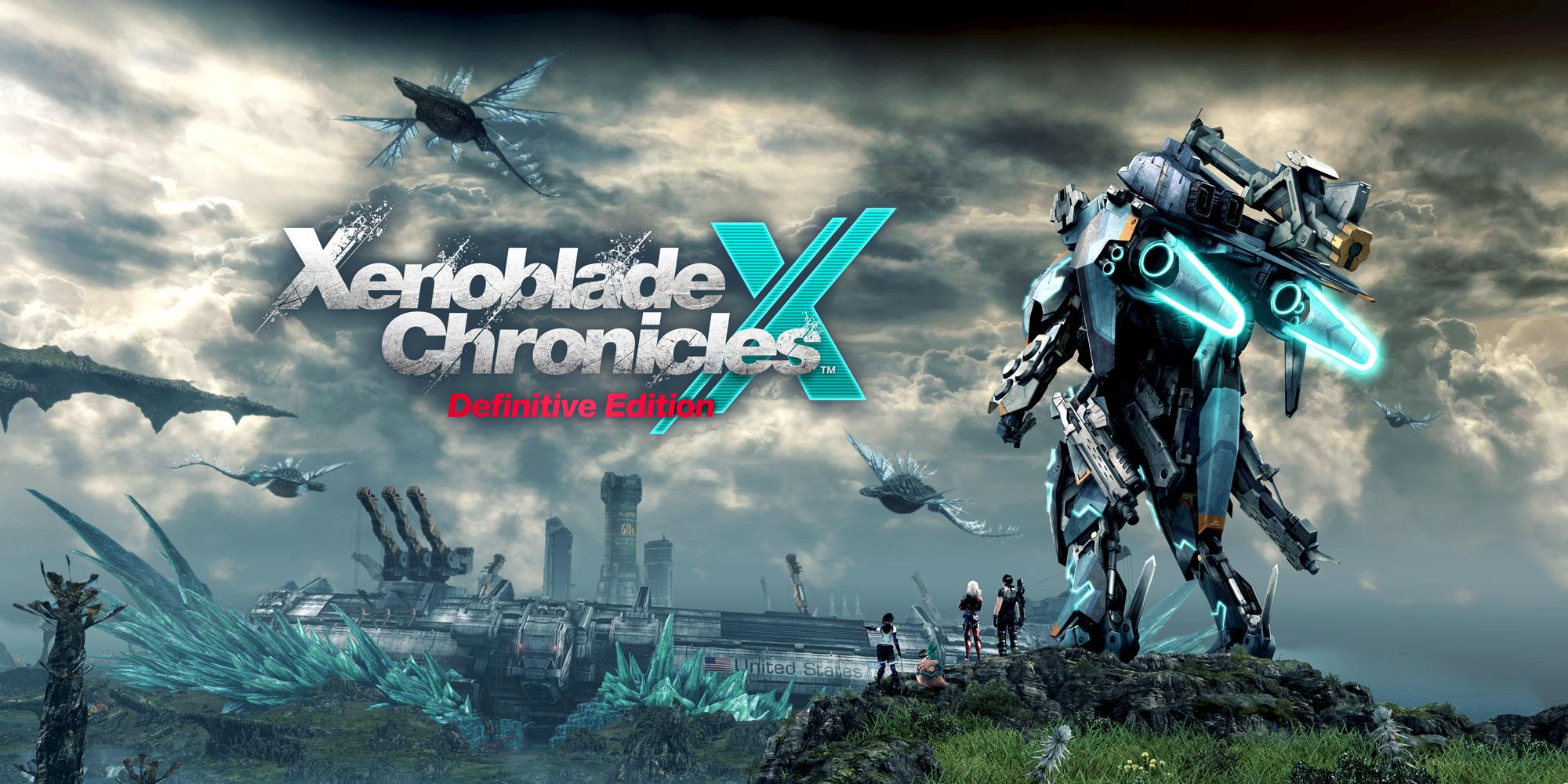
A Deep Dive Into Xenoblade Chronicles Xs Audio and Visual Overhaul
With the transition from the Wii U to the Nintendo Switch, Nintendo and Monolith Soft took the opportunity to revamp the visuals and sound design of Xenoblade Chronicles X, and the results are nothing short of stunning. In Xenoblade Chronicles X for Switch, the audio overhaul is perhaps one of the most noticeable improvements. The already fantastic soundtrack by Hiroyuki Sawano and ACE+, which perfectly complements the whimsy and danger of the fantastical world of Mira, has been enhanced with 7.1 audio surround sound. The game’s audio range has also been increased, making for a more immersive experience while exploring the hostile yet majestic landscape.
The visual improvements are just as impressive, if not more so, since they impact every moment of the game. Notable upgrades include the use of higher-resolution textures, an improved global illumination system that brings more depth to the world of Mira, and an overall better mesh density for smoother character and creature models. Here’s a comparison of some of the improvements:
| Original Wii U Version | Nintendo Switch Version | |
|---|---|---|
| Resolution | 720p | 1080p (docked), 720p (handheld) |
| Texture Resolution | 512×512 | 1024×1024 |
| Shadow Resolution | 512×512 | 2048×2048 |
| Anti-Aliasing | FXAA | TXAA (Temporal Anti-Aliasing) |
The improvements to lighting, textures, and overall rendering capabilities result in an utterly breathtaking game world. The Switch itself may have its limitations, but Nintendo and Monolith Soft have done an incredible job of optimizing Xenoblade Chronicles X for the console.
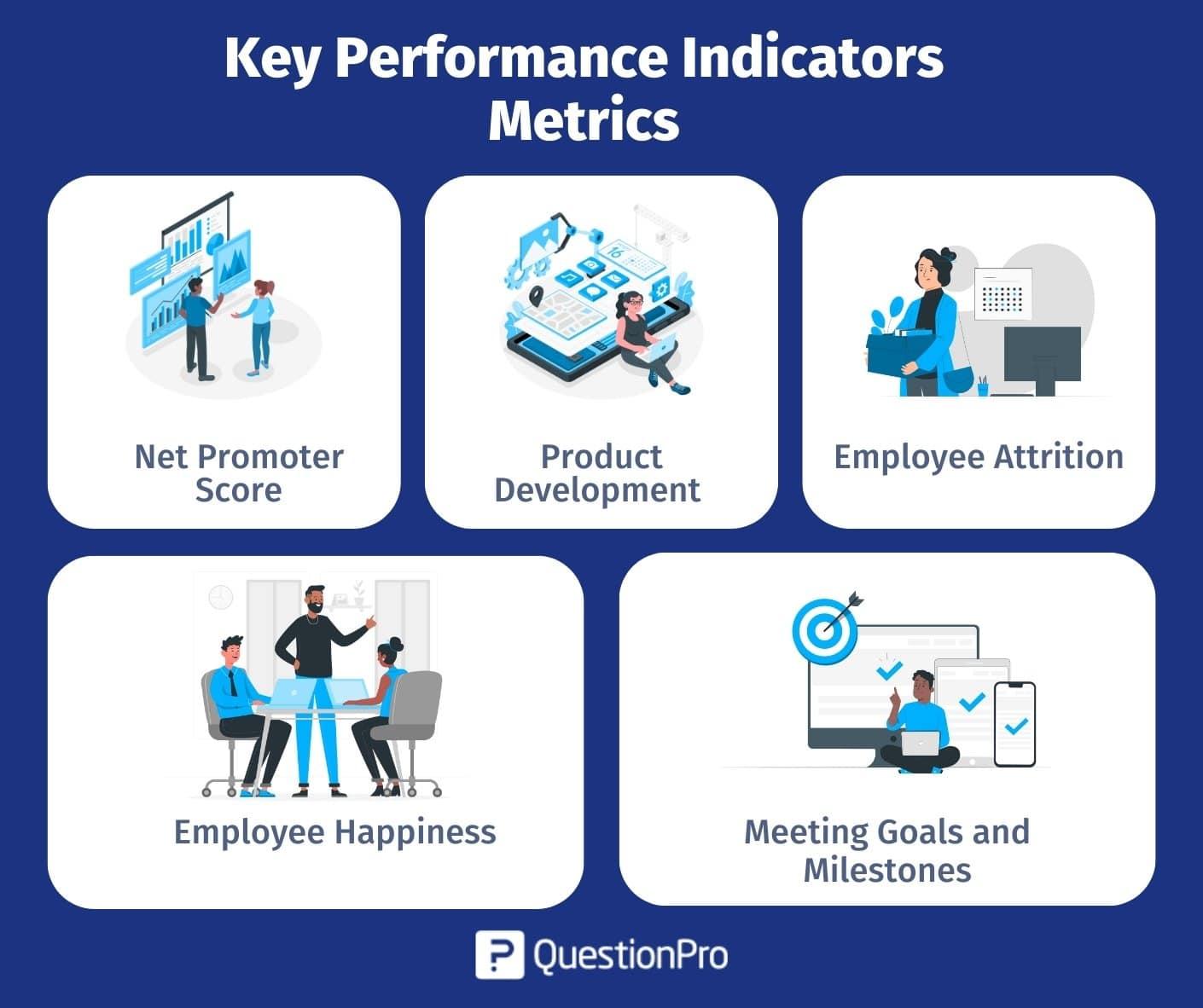
Key Performance Metrics and What They Mean for Players
In order to paint a comprehensive picture of Xenoblade Chronicles X’s performance on the Nintendo Switch, we must examine several key performance metrics. These metrics provide valuable insight into how the game handles during both traversal and combat.
li”>Frame Rate: The number of frames per second (FPS) the game is able to render
The table below highlights some of the key performance metrics we observed during our analysis of Xenoblade Chronicles X on the Nintendo Switch. The Nintendo Switch port of Xenoblade Chronicles X is no exception to the rule, where the delicate balance between performance, visuals, and overall gaming experience comes into play. One of the key areas where this balance is put to the test is in the realm of anti-aliasing and resolution. While it’s tempting to crank up these settings to achieve the crispest visuals, the reality is that this often comes at a cost. In Xenoblade Chronicles X, the game’s dynamic resolution scaling means that the resolution can fluctuate between 792p and 900p in docked mode, depending on the scene’s graphical demands. In addition to the dynamic resolution scaling, Xenoblade Chronicles X also utilizes FXAA (Fast Approximate Anti-Aliasing) and TAA (Temporal Anti-Aliasing) to smooth out the visuals. However, the anti-aliasing technique used can have a noticeable impact on the gameplay experience, particularly in scenes with a lot of fast-paced action. Some of the differences between the anti-aliasing techniques include: In order to ensure an optimal gaming experience, digitally savvy players can experiment with various tweaks to elevate their Xenoblade Chronicles X adventure. Performance Optimization Techniques: Alternatively, players can also utilize hardware capabilities to further boost their gameplay performance, taking their Xenoblade Chronicles X experience to the next level: Unlock Extra Processing Power To push the Nintendo Switch hardware to its limits, gamers can experiment with a more demanding Xenoblade Chronicles X profile that demands even more processing power. Nintendo’s efforts to optimize the performance of Xenoblade Chronicles X on the Switch have far-reaching implications for the future of Switch games. By leveraging the power of the Switch’s custom hardware, developers can create more complex and engaging experiences for players. Some potential benefits of these optimizations include: These advancements can be seen in the Switch version of Xenoblade Chronicles X, which boasts improved performance and visuals compared to its Wii U counterpart. In the vast expanse of Mira, Xenoblade Chronicles X for Switch stands as a technical marvel, a testament to the evolution of the gaming industry. Digital Foundry’s meticulous analysis has peeled back the layers, revealing the intricate dance of hardware and software that brings this JRPG to life. As the curtain falls on this in-depth examination, it’s clear that the intersection of technology and art has created a rich tapestry that gamers can immerse themselves in. Whether you’re a tech-savvy enthusiast or simply someone who appreciates the limitless possibilities of the Xenoblade universe, one thing is certain – the future of gaming has never looked brighter. th”>Scenario
th”>Resolution
td”>Traversal (Open Fields)
td”>720p
td”>Combat (Multiple Enemies)
td”>720p
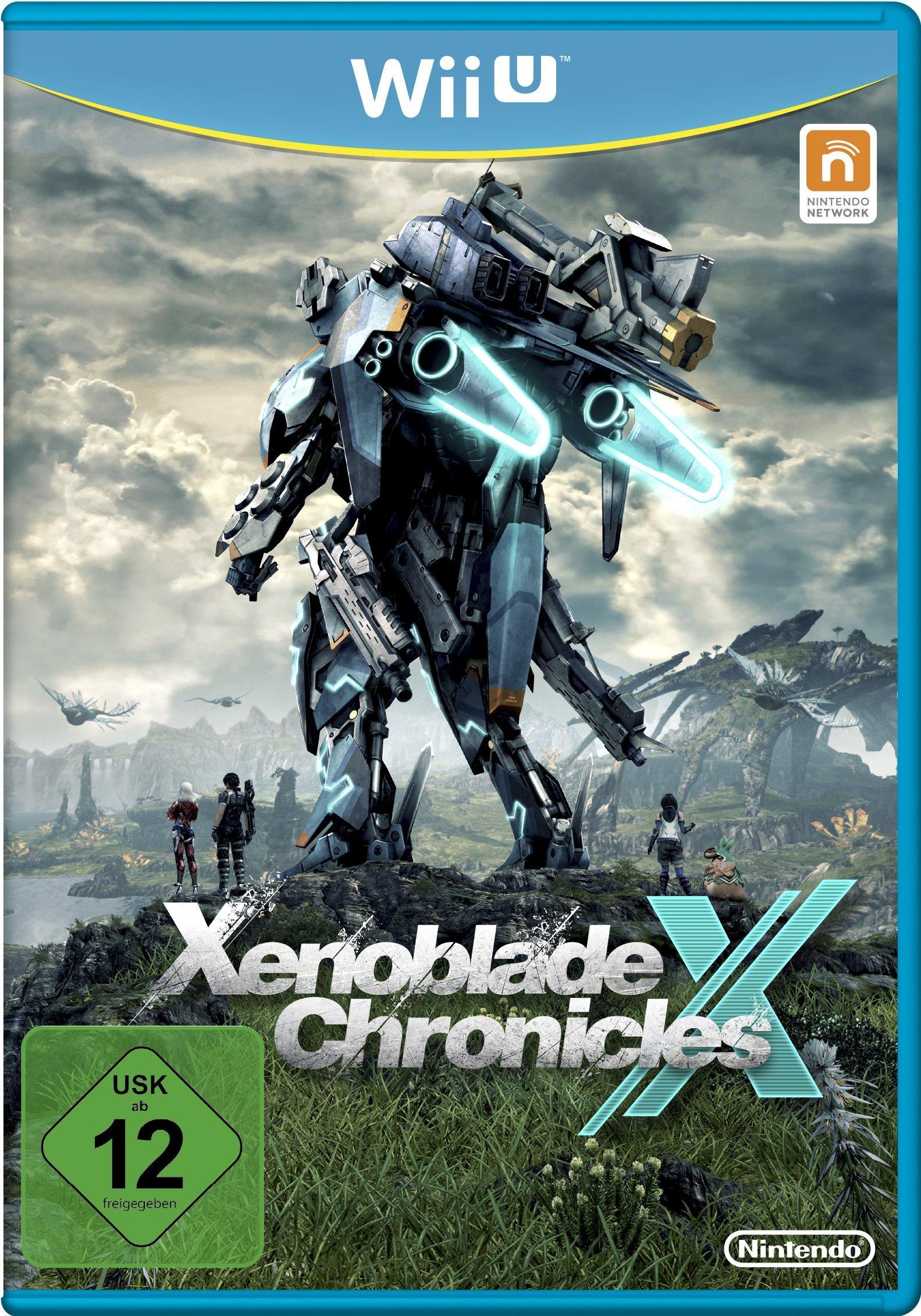
The Impact of Anti-Aliasing and Resolution on Gameplay Experience
Resolution Modes
Resolution
Refresh Rate
Docked Mode
792p – 900p
30 FPS
Handheld Mode
360p – 540p
30 FPS
Fine-Tuning Your Xenoblade Experience for Optimal Performance
Resolution Scaling Options:
FPS Variation (Frames Per Second):
Undocked (720p): 30-40 FPS
Docked (1080p): 40-60 FPS
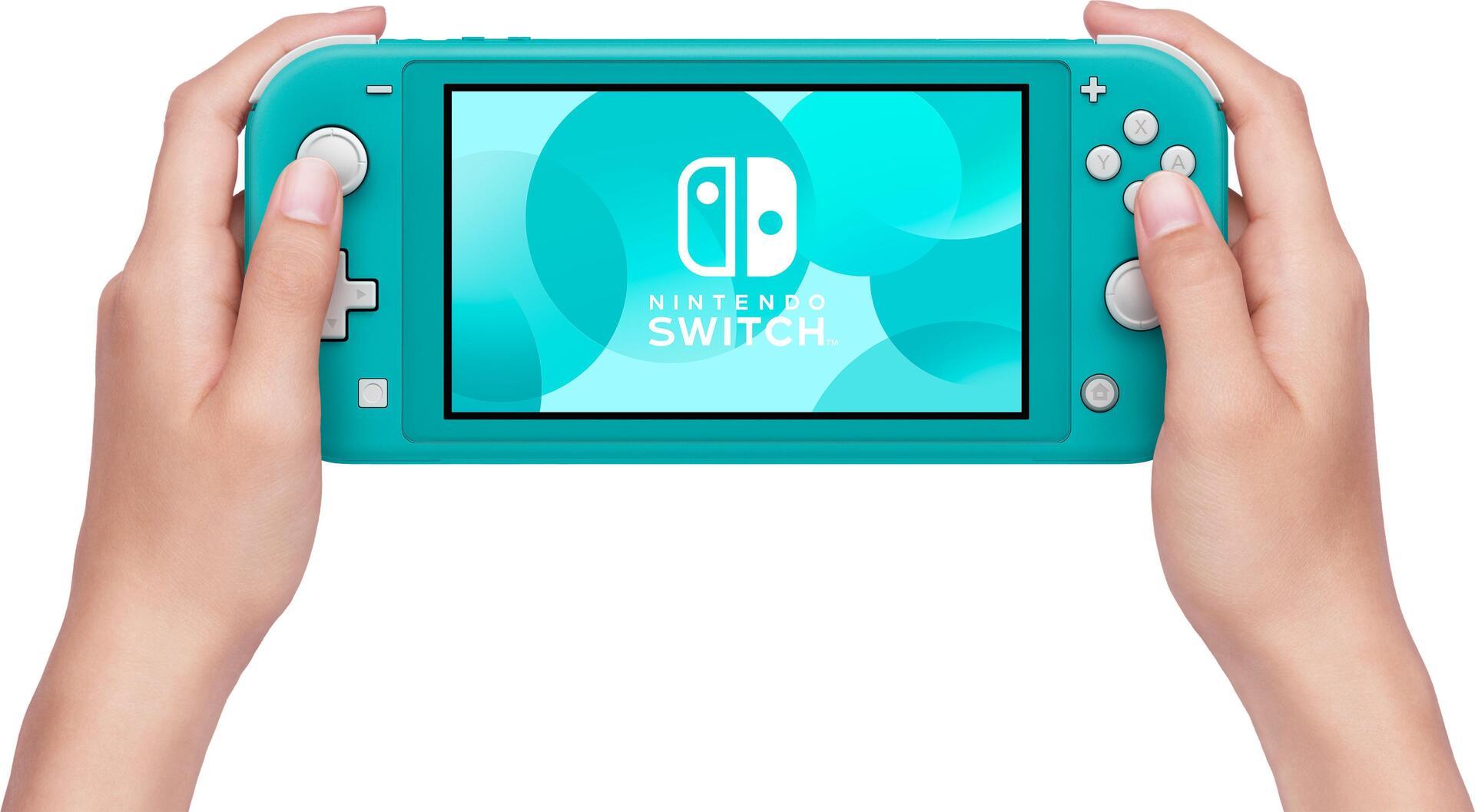
What Nintendos Optimizations Mean for the Future of Switch Games
Feature
Original Wii U Version
Switch Version
Frame Rate
30 Hz
30 Hz (docked), 30 Hz (handheld)
Resolution
720p (docked), 360p (handheld)
720p (docked), 415p (handheld)
Insights and Conclusions











